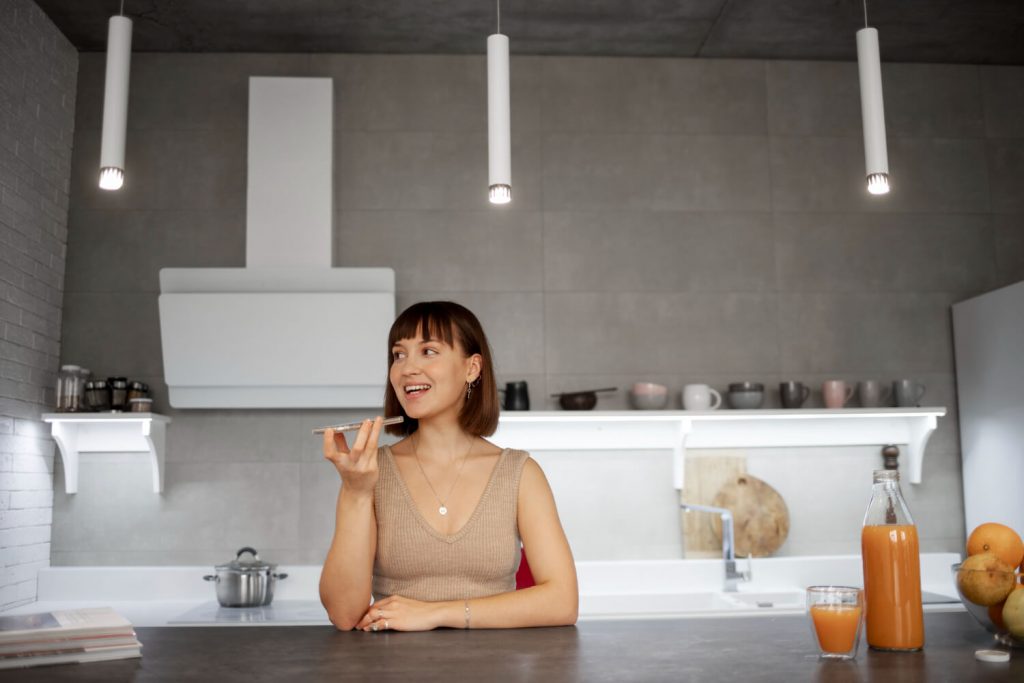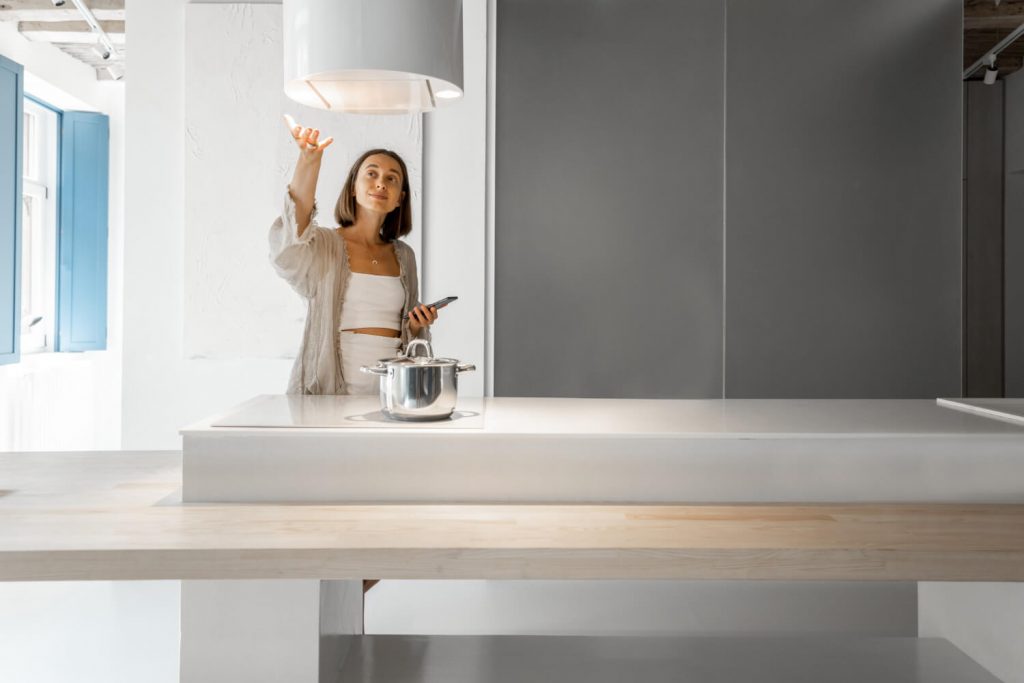The Pearl gray kitchen It is a neutral and versatile base for a functional kitchen design. This tone allows to combine different materials and finishes without generating visual incompatibilities.
The main issue is what countertop material offers the best technical performance and the most appropriate aesthetic result for this type of kitchen.
Pearl gray: The perfect base for an elegant kitchen
Pearl gray is a color that improves the perception of amplitude because it reflects the light uniformly. They are applying neutro allows you to adapt to spaces with natural or artificial light without generating excessive reflections.
This color facilitates dirt detection compared to darker tones. It is compatible with minimalist styles because it does not add unnecessary visual elements. In an industrial context, Pearl gray integrates well with materials such as stainless steel and glass without altering functionality.
Its use as a chromatic base allows combining countertops with different contrast degrees according to the design objective and space lighting conditions.

Countertures comparison for a pearl gray kitchen
- Granite: Granite has high heat resistance, supporting high temperatures without suffering structural damage. Offers very good resistance to scratches during the usual use. Presents an average level of porosity, which requires a periodic sealing to avoid liquid absorption. Each piece shows a unique vein, which implies a natural variability in the final design. Its high weight requires an adequate support structure.
- Marble: Marble is a porous material, which makes it more susceptible to the absorption of fluids and the appearance of spots. Its surface presents natural veins, which implies variability in the pattern and color of each piece. It is a soft material compared to granite or porcelain, So it is more sensitive to scratches and acid action such as lemon or vinegar. Requires periodic seal and specific maintenance to conserve its aesthetic and functional properties.
- Technical Porcelain: The technical porcelain presents a very high resistance to scratch, to heat and prolonged exposure to UV rays. This makes it suitable for kitchens with high demand for use. Allows the use of large formats, which reduces the number of joints and improves hygiene and visual continuity. Its reduced thickness requires precise management during installation.
Marble: aesthetics and maintenance considerations
The marble stands out for the uniqueness of its vein and the natural variability of its pieces. It is a porous and softer material than granite or porcelain.
This makes it susceptible to stains produced by acids such as lemon or vinegar and scratches during daily use. Requires periodic maintenance with specific products and regular sealing to prolong its durability.
Three technical errors to avoid in the combination
The first error is the Lack of contrast between countertops and furniture. This generates a flat visual effect that hinders the differentiation of work plans.
The second error is a Poor lighting, especially in kitchens with dark countertops. This reduces visibility and use of material properties.
The third mistake is the Incorrect front selection. An inappropriate material can complicate cleaning or breaking visual coherence with the countertop and furniture.

Functional elements that complete the design
A wear -resistant soil is recommended, as a high hardness porcelain or a technical laminate. Brushed steel shooters provide durability and ease of cleanliness. The taps must be made of stainless steel or chromed brass to ensure prolonged use without deterioration due to moisture.
Choosing the appropriate material for the countertop of a pearl gray kitchen requires an analysis of its technical properties and its functional integration in the design. Contact Barcelona marbles To receive technical advice and a detailed budget adapted to your project.
